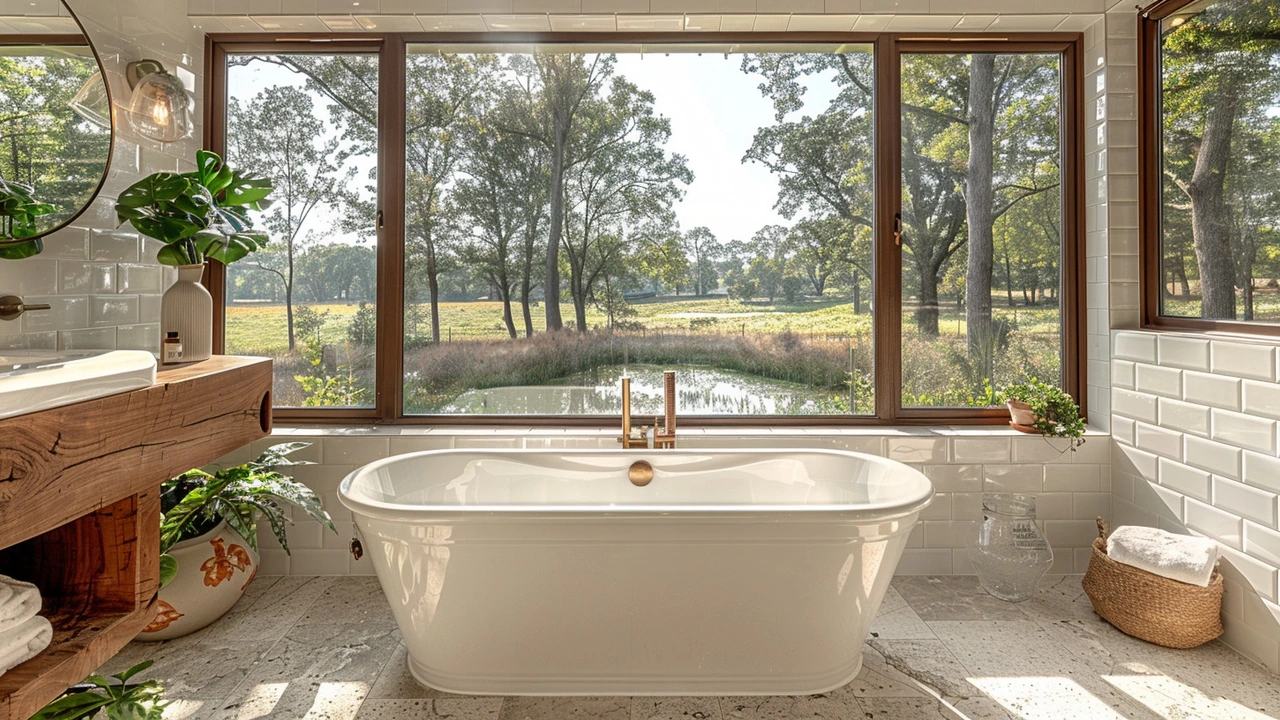Vintage Decor: How to Mix Old Styles into a Fresh Home
Vintage decor isn’t about living in a museum. It’s about picking things with character and using them so your home feels unique. You can borrow one element from a historic style and pair it with modern basics to avoid a dated look. Think a Gothic Revival mirror over a simple console, or a Craftsman lamp beside a sleek sofa. Small, confident choices create harmony faster than buying a whole themed set.
What vintage decor really means
Vintage covers many eras: Colonial symmetry, Georgian order, Baroque drama, Rococo curves, Art Nouveau lines, and midcentury minimalism. Each era has a few signature pieces worth stealing. Columns and pediments add formality. Stained glass or bold tiles add color and pattern. Natural wood and built-ins bring warmth, while brass and porcelain bring polish. Pick one or two strong features from different periods and repeat them in three places across a room to make the look feel intentional.
Practical swaps and shopping tips
Start with what you already own. Replace one modern item with a vintage piece to test the mood. Swap a plain light fixture for a chandelier with history, or trade a coffee table for a restored trunk. For fabrics, choose a patterned rug or a floral curtain rather than reupholstering everything. When shopping, look for solid construction—hardwood joints, original hardware, and thick upholstery are signs a piece will last. If restoration is needed, focus on cleaning, new cushions, and fresh finish rather than full rebuilds; that keeps the price down and the character intact.
Mixing metals and finishes works if you keep scale and color in mind. A small brass lamp won’t compete with a large iron fireplace surround. Use repeat colors—like deep green or warm ochre—across cushions, art, and ceramics to tie mixed pieces together. For walls, one painted accent or a gallery wall of vintage frames is enough to carry a room. Remember, negative space matters; leave breathing room around ornate items so each can be appreciated.
If you love a specific historic style, read short guides before buying. A little knowledge helps you spot authentic details versus cheap reproductions. For example, knowing how to identify Craftsman joinery or Art Nouveau curves makes shopping faster and safer. Use neighborhood antique shops, estate sales, and curated online marketplaces. Take measurements, photos, and a tape measure; many great finds don’t fit when you get them home.
Finally, don’t aim for perfection. Vintage decor gains charm from small imperfections. Keep practical updates like wiring and cushioning safe, but let surface wear tell a story. That mix of old and new is what makes vintage decor feel lived-in, personal, and endlessly interesting.
Small architectural touches lift a room fast. Salvaged moldings, a column base used as a plant stand, or a piece of stained glass in a window bring period detail without renovation. If you love grand styles, study Beaux-Arts or Georgian articles to borrow the right proportions rather than copy the look.

The Ultimate Guide to Mid-Century Modern Bathrooms: Style Meets Functionality
Discover the timeless appeal and practicality of mid-century modern bathrooms in this comprehensive guide. Learn how to blend vintage charm with modern conveniences for a space that's both stylish and functional. From selecting the right colors and materials to choosing the perfect fixtures and accessories, this article will walk you through everything you need to know to create a stunning mid-century modern bathroom.
Read more